HPE CEO ‘Very Skeptical’ About Dell Apex Numbers
‘When somebody shows up out of the blue and shows a number with nothing backing it up, it is a little bit hard to assess what it really is,’ said HPE CEO Antonio Neri.
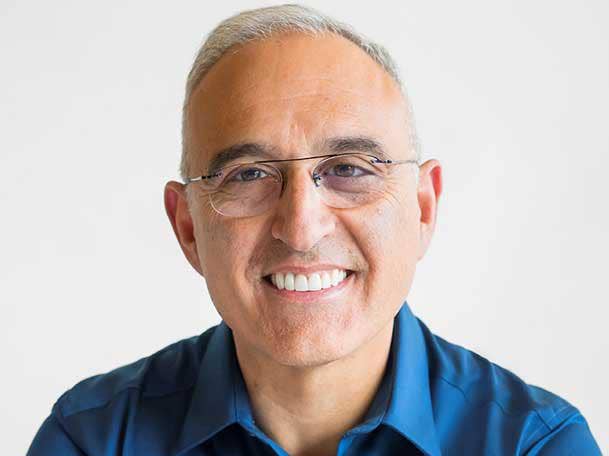
Hewlett Packard Enterprise CEO Antonio Neri said he is “very skeptical” that Dell Technologies’ claim that its Apex as-a-service business has surpassed $1 billion in annual recurring revenue is a meaningful metric.
“When I look at some of the numbers being quoted, I would suggest you ask first of all the definition of it and the historical performance against that,” said Neri. “When somebody shows up out of the blue and shows a number with nothing backing it up, it is a little bit hard to assess what it really is. I will let you assess that. I am focused on what we are doing with our partners.”
Furthermore, Dell does not have the edge-to-cloud platform prowess or channel muscle to measure up to HPE GreenLake, Neri said.
“To be relevant in as a service is not easy because, in the end, you need a platform,” said Neri in an interview with CRN after HPE posted a quarterly annualized revenue run-rate (ARR) of $858 million for GreenLake, up 28 percent from the year ago quarter.
“You need a platform that has the capabilities, and that takes a long time to build. So I would be very skeptical of other people quoting numbers when they don’t have the capability to deliver with and through the channel and the experience that customers need.”
Neri’s challenge comes just one week after Dell Technologies broke out its Apex results for the first time and said the as-a-service business now has annual recurring revenue of over $1 billion.
Neri said he would like to see the precise definition Dell is using for the Apex as-a-service revenue that it is quoting in its latest quarterly financial results and the “historical performance” against that definition.
Dell declined to make an executive available for an interview. A spokesperson said Dell’s Apex recurring revenue represents recurring net revenue from Apex-branded subscription, as-a-Service, and usage-based offerings, noting that it excludes revenue from those offerings that is recognized up front as a result of sales-type leases.
HPE measures the strength of its GreenLake business using Annualized Revenue Run-Rate (ARR), a “financial metric used to assess the growth” of HPE’s consumption services offerings.
“ARR represents the annualized revenue of all net HPE GreenLake services revenue, related financial services revenue (which includes rental income from operating leases and interest income for capital leases), and software-as-a-service, software consumption revenue, and other as-a-Service offerings recognized during a quarter and multiplied by four,” the company said when it released its latest results.
HPE has been consistent in the way it measures GreenLake success, Neri said.
“When we came out with our as-a-service pivot, [HPE CFO] Tarek [Robbiati] and I planted a flag that this is how we are going to measure success with a clear formula of what ARR looks like, with all of the components that we normally show in our quarterly results,” said Neri. “You can see we have been consistent for 10 consecutive quarters reporting against that.”
HPE—which has been working with partners on as-a-service offerings in earnest for the last eight years—has moved its complete portfolio to an as-a-service GreenLake offering over the last three years. What’s more, HPE GreenLake total contract value has soared from $3.1 billion in 2019 to approximately $8 billion in 2022.
Dell—which first unveiled Apex in October 2020—said it grew Apex orders 78 percent year over year in the most recent quarter and added 200 new customers, including Federal Home Loan Bank and Montage Health, which are both using Apex private cloud.
Dell said it has seen a “lot of strength” in its Apex custom solutions, including Flex On Demand, which provides the ability to scale up infrastructure with buffer capacity. Dell says it has also seen momentum around its Apex data center utility offer to move all or part of a data center to a Dell managed pay-per-use model. Steven Burke
Neri, for his part, said the biggest difference between HPE GreenLake and Dell Apex is HPE’s robust partner ecosystem for its edge-to-cloud platform, which includes a growing number of ISVs and channel ecosystem partners.
“We have the most vibrant [as-a-service] partner ecosystem of any [company]—I would argue—not as a fulfillment engine, but as a value creator for our customers,” said Neri. “I think it starts by believing it, by being consistent and by having conviction with what you are going to do. I announced our pivot to as a service in 2019, but the reality is we were already doing as-a-service offerings before. That is something the partners should value in the sense that consistency matters, whether it is consistency in working with partners and true partners or consistency in believing in the strategy and sticking to it.”
An edited version of the conversation follows.
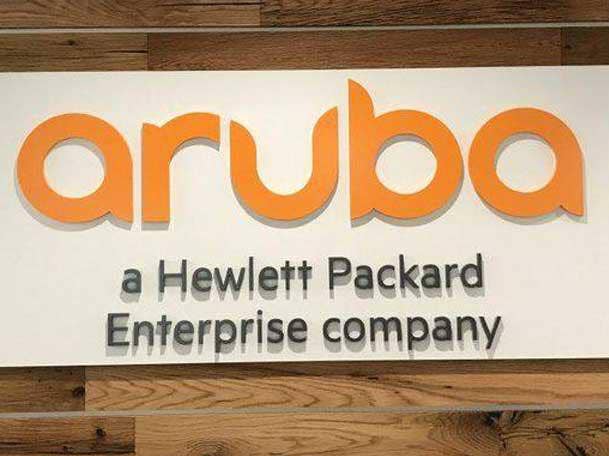
How did partners perform during the quarter?
We grew revenues four percent in the quarter and the as-a-service or ARR (annualized revenue run-rate) was up 28 percent. That was limited by supply chain capability to do all the installations that we needed to. But when you have year-to-date growth in orders of 86 percent and an ARR of 28 percent, clearly the supply constraints have impacted us across the board.
However, what is interesting is that our channel partners continue to perform better in as a service [than the direct sales team]. This was the largest order performance in a quarter ever, with more partners transacting than ever before. The year-to-year growth in GreenLake from the partner community was 55 percent, which is above the 39 percent that we reported as a total company. So the momentum in the channel is clearly higher velocity, faster growth, than the total number. That is very positive.
If you look at some of the key very important segments: Aruba [channel sales] grew 10 percent year over year; storage and our IT products grew 15 percent sequentially and 12 percent year over year. That is because obviously our storage portfolio now is linked to a SaaS offering, to Alletra, that you transact to the [GreenLake] platform.
So overall I would say the channel performance continued to be incredibly solid. We have more partners transacting than ever before. This was the largest order quarter in as a service that we have ever had.
We are also seeing the pull in the market with our as a service acceleration workshops. These are workshops with the partners to enable them to go faster on as a service. The demand has grown tremendously. This was the highest quarter for our people to go to the partners and do these workshops to enable partners to pivot to as a service.
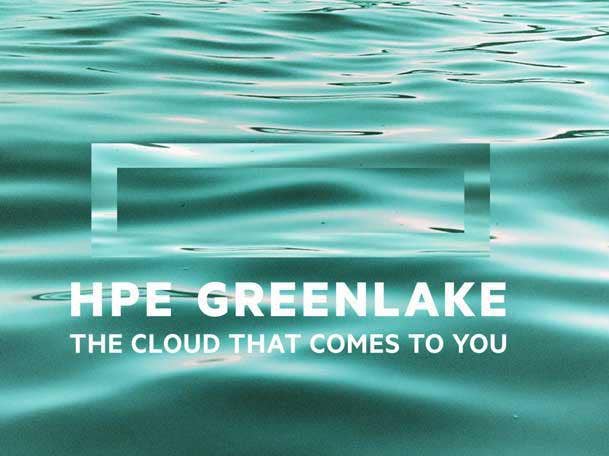
What can you say about the overall quarterly performance?
We continue to deliver for customers and shareholders. We grew revenue, increased profit and expanded margins.
This quarter was characterized by enduring demand. We now have a new record-breaking backlog, which is three-plus times historical levels; compute is five times [historical levels]; edge is 20 times [historical levels]; storage is three times historical levels.
We just talked about the numbers on as a service. What I am really pleased about is the strategy is taking hold. We are now seeing existing customers renewing and expanding with GreenLake. And the number of new [GreenLake] logos has doubled year over year. That’s also because obviously our partners are growing faster with us in the as-a-service business.
What is the message to partners to keep that momentum going on GreenLake?
Get going! Get going! Go further faster! When you have the highest orders ever processed on as a service and you have the highest ever demand on as-a-service workshops, that means the strategy is working and customers want to be part of the ecosystem.
Therefore, partners need to transform themselves. It is no different than what we are doing to transform ourselves to be relevant to our customers. They see GreenLake as a true unified experience from edge to cloud, where the cloud is a hybrid experience. We bring the connectivity, the cloud and the data into one integrated experience.
Partners now have learned that this is working. Ultimately customers vote with workloads and data. We have already exceeded an exabyte of data under management on the platform with over two million devices.
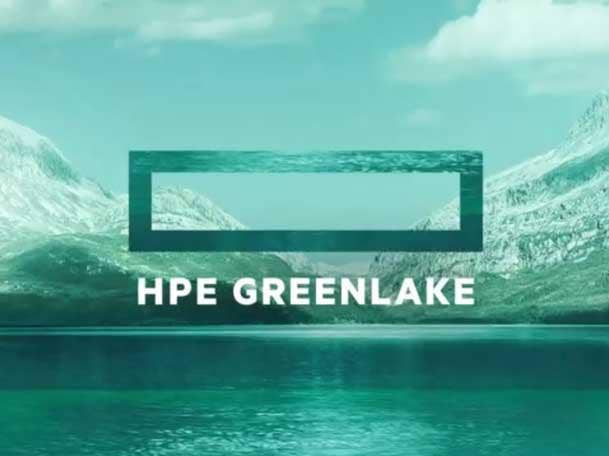
Dell just announced that it has more than $1 billion in annual recurring revenue from Dell Apex. What is the biggest difference between Dell Apex and HPE GreenLake?
It is the channel. It is the partner ecosystem, which is beyond distributors and value-added resellers. It includes our ISVs and solution integrators. We have the most vibrant [as-a-service] partner ecosystem of any [company]—I would argue—not as a fulfillment engine, but as a value creator for our customers.
I think it starts by believing it, by being consistent and by having conviction with what you are going to do. I announced our pivot to as a service in 2019, but the reality is we were already doing as-a-service offerings before. That is something the partners should value in the sense that consistency matters, whether it is consistency in working with partners and true partners or consistency in believing in the strategy and sticking to it.
To be relevant in as a service is not easy because in the end you need a platform. You need a platform that has the capabilities that takes a long time to build. So I would be very skeptical of other people quoting numbers when they don’t have the capability to deliver with and through the channel and the experience that customers need [in as a service].
When I look at some of the numbers being quoted I would suggest you ask first of all the definition of it and the historical performance against that.
When we came out with our as-a-service pivot, [HPE CFO] Tarek [Robbiati] and I planted a flag that this is how we are going to measure success with a clear formula of what ARR looks like, with all of the components that we normally show in our quarterly results. You can see we have been consistent for 10 consecutive quarters reporting against that. When somebody shows up out of the blue and shows a number with nothing backing it up it is a little bit hard to assess what it really is. I will let you assess that. I am focused on what we are doing with our partners.
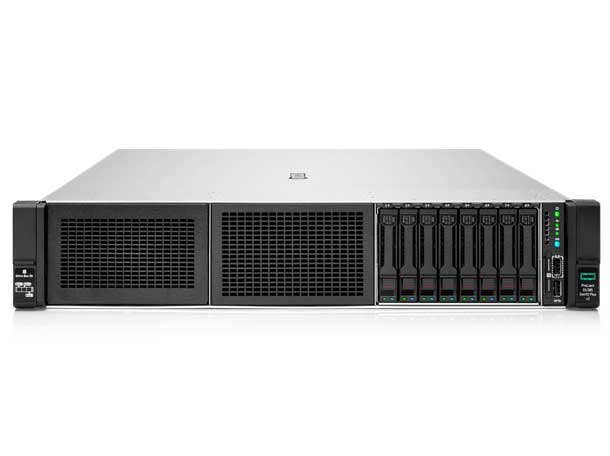
You said you see enduring demand. Do you think supply chain is going to get better with a possible pullback on consumer products?
As I said, we see enduring demand, which means steady (demand). We continue to see that demand from customers. In some cases we continue to see growth in our demand. If you look at Aruba, we grew double digits again for the seventh consecutive quarter. HPC (High Performance Compute) obviously is a very strong business with close to $3 billion in orders in the books. Even compute, for that matter, where we now have five times the historical level of backlog. That gives me the confidence that as we enter Q4 and 2023, we are going to experience very nice revenue growth despite the fact that we now have a significant [foreign] currency [exchange] situation that is worsening.
That said, I think the supply will continue to be a challenge. But we have made some changes on our side in multiple areas: No. 1, dual sourcing where it is possible, because that is the right thing to do; No. 2, redesigning products where there is a return on that investment because changing toolings, changing printed circuits and printed circuit boards, is expensive, so the product needs to stay for a number of years; No. 3 is steering demand. [HPE’s] Gen10 [servers line] is actually an incredibly successful product, and Gen11 is coming, where we will steer even more demand. No. 4 is sell GreenLake, because GreenLake actually comes with better standardized offerings, which means over time components will be more readily available. Because instead of giving you the green, red or blue version I can give you one version on a consistent basis.
If consumer demand is what it is or getting worse, I can tell you our suppliers are starting now to think about how to reallocate substrates in this constrained environment, mostly 28- and 40-nanometers which are the components you need for PCIs, microcontrollers, SmartNICs and power supplies in the enterprise. That will be an accelerator of the recovery. So that gives me confidence.
Ultimately it comes down to us execute, to convert that backlog into profitable revenue growth for us and our partners.
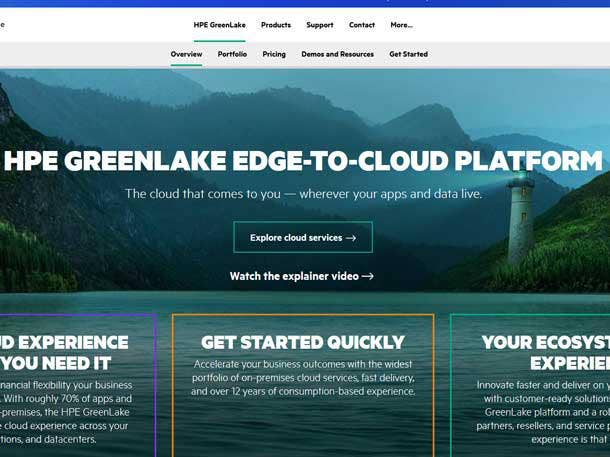
Partners that have gone all in on GreenLake are seeing incredible growth on existing customers. What are you seeing there?
When you talk to an HPE GreenLake customer, first of all the [Net Promoter Score] is over 90, which is incredible. That means the experience they are getting from us is very, very good and differentiated. That allows them to expand what they are doing with GreenLake. They may start with Aruba and go to compute and storage or they may start with compute and go to networking. So the ability to renew and expand, backed by that experience, is giving us momentum.
We doubled the number of new logos [for GreenLake] in the quarter. So we have got to both farm and hunt in this hybrid space and bring forward the edge, cloud and data solutions we expose through GreenLake together with our partners because obviously they have their services they can showcase through GreenLake.
How do you feel about the future as you look out toward the end of the fiscal year?
It is a good time to be in this chair. This is my 19th quarter. It is getting close to 20.
Absent a massive geopolitical disaster, which you can never count out, I am very excited about the future of IT. Every industry is an IT industry today. No company can operate without the right technology. Obviously they need the connectivity to operate in a much more hybrid, distributed way than ever before. As people bring employees back to the office, the campus and branch experience is another big opportunity for us. I believe that is the beginning of another round of growth for Aruba. I think the fact that cloud needs to move to the edge is [another opportunity] for us.
This whole hybrid market [is an opportunity]. New reports are talking about repatriation of workloads. That is an opportunity for our partners and us.
But ultimately we need to stay focused on that as-a-service momentum because the recurring revenue over a long period of time is incredibly valuable to us and our partners. So as I think about 2023 and what we are doing both organically and through our investments, I think it is going to be a positive year for us and our partners. We just need to stay together and execute.